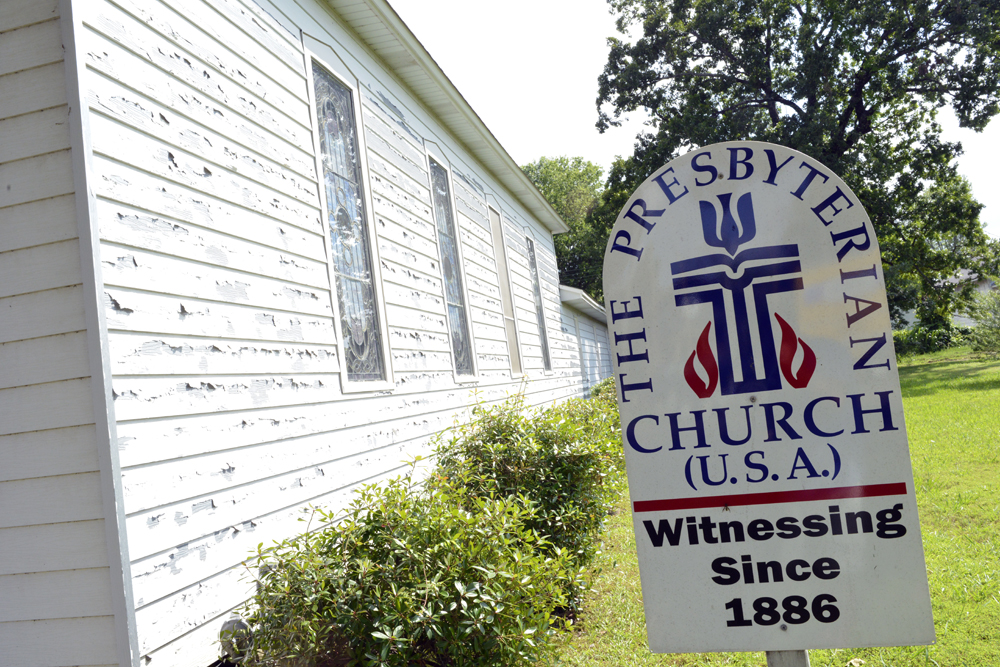
We exist for all people to know Jesus.
That’s an oversimplification for most church vision statements. On paper, they are for all people.
But in a brick and mortar reality, churches make decisions every day which largely determine who they reach.
The Vision Compromise
Whereas most churches have a very large vision statement, one that aims at every person in their geographical area, nearly all have narrowed that vision to a more realistic people group. In other words, they are officially for all people but are comfortable being a church that serves a specific demographic such as, families with young children or people of a specific socio-economic status.
You could even argue that the reason that some churches grow while others lay stagnant is that one group has narrowed the vision to a more bite-sized chunk while others are still trying to reach everyone and in the process reaching nearly no one.
Why Focus Matters
Every church in America would be categorized as a small business by the Small Business Administration. Most churches have 2-10 full-time employees and generate $1 million or less in receipted giving. Even the very largest churches in the country, if categorized in the same way as business, would essentially be a small businesses with less than 500 employees.
Looking at a church of 250 from an economics perspective it’s really hard to find a comparison. The Dairy Queen has 2-10 employees but reaches way more people but takes in far less money per person than a church. An elementary school may reach the same amount of people but they have infinitely more staff, more regulation, and more money.
Maybe a doctors office or dental practice is a decent comparison? Relatively small target audience, small staff, high cost of doing business, and a high dollar amount per person served.
Like I said, there isn’t a perfect one-to-one comparison with another organization in an average city.
I share that because focus becomes a reality for any small business. You can’t be all things to all people with a small staff and a small budget. But you can do a very good job when you focus your audience down to something manageable.
How to Pick a Target Audience
- You could do a needs assessment, then target your church around the people with the greatest need.
- You could do a staff assessment, then target your church around the talents, desires, abilities, and demographics of your teams strengths.
- You could envision who you want your church to reach, map that out, and go from there.
- You could identify a small geographical area, like a 3 block neighborhood or a subdivision.
- You could identify a common affinity, like a musical taste or even parents of soccer players.
Two Known Wrinkles
- You’ll always reach people outside of your target audience. Celebrate that. But a wise team recognizes that for what it is… an abnormality.
- You’ll always attract people who are fans of what you are doing. That’s OK. Just don’t let those fans become your target audience.
A Final Thought
Ultimately, these are tactical decisions which reflect deep moral questions.

Leave a Reply